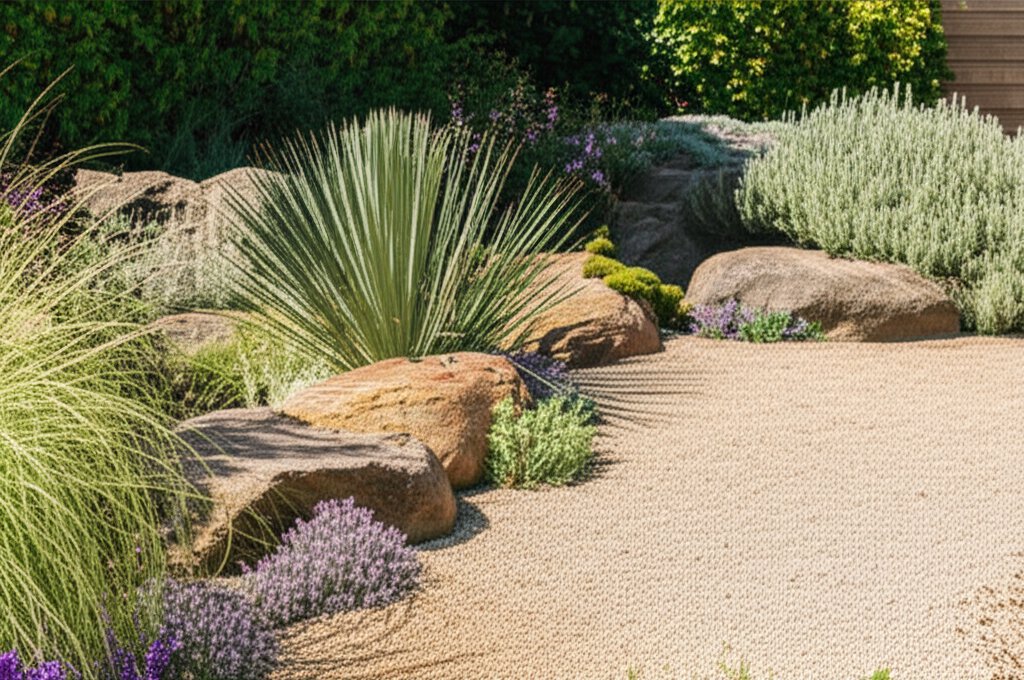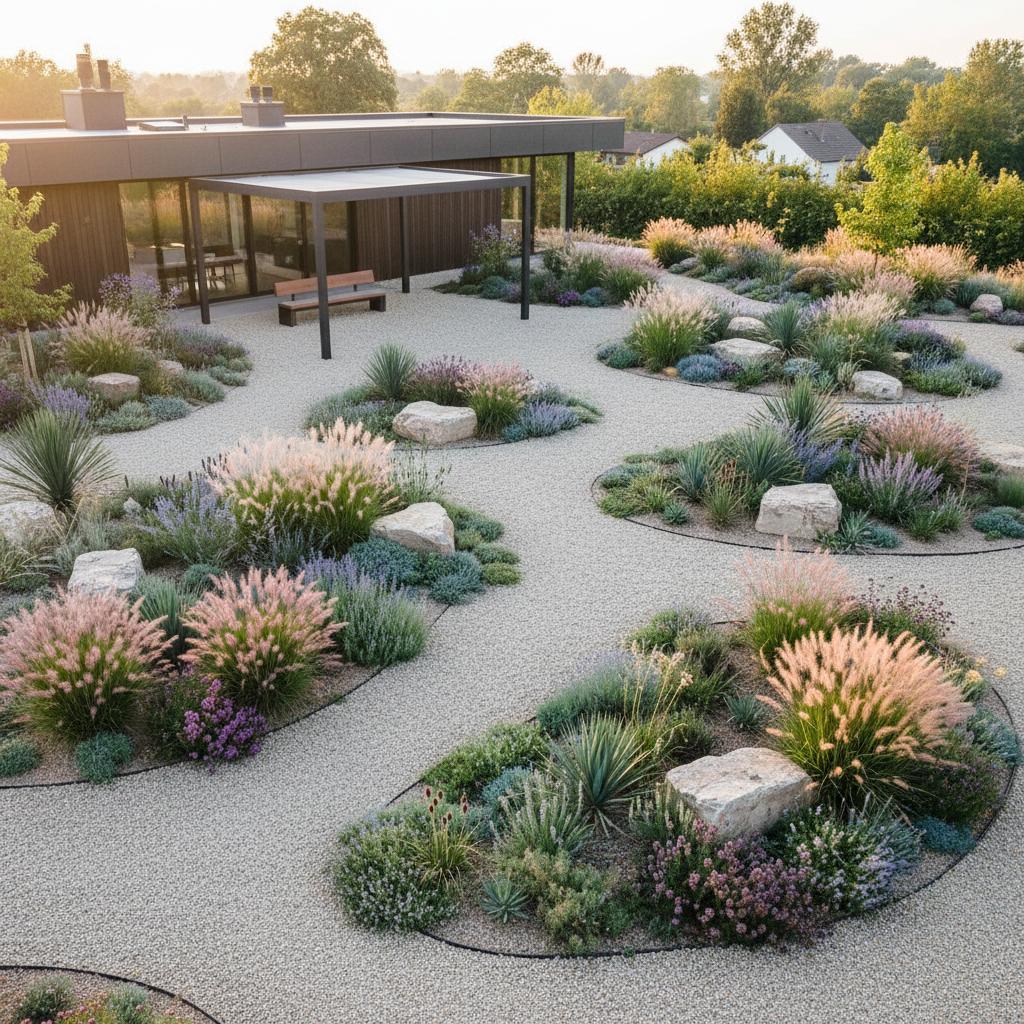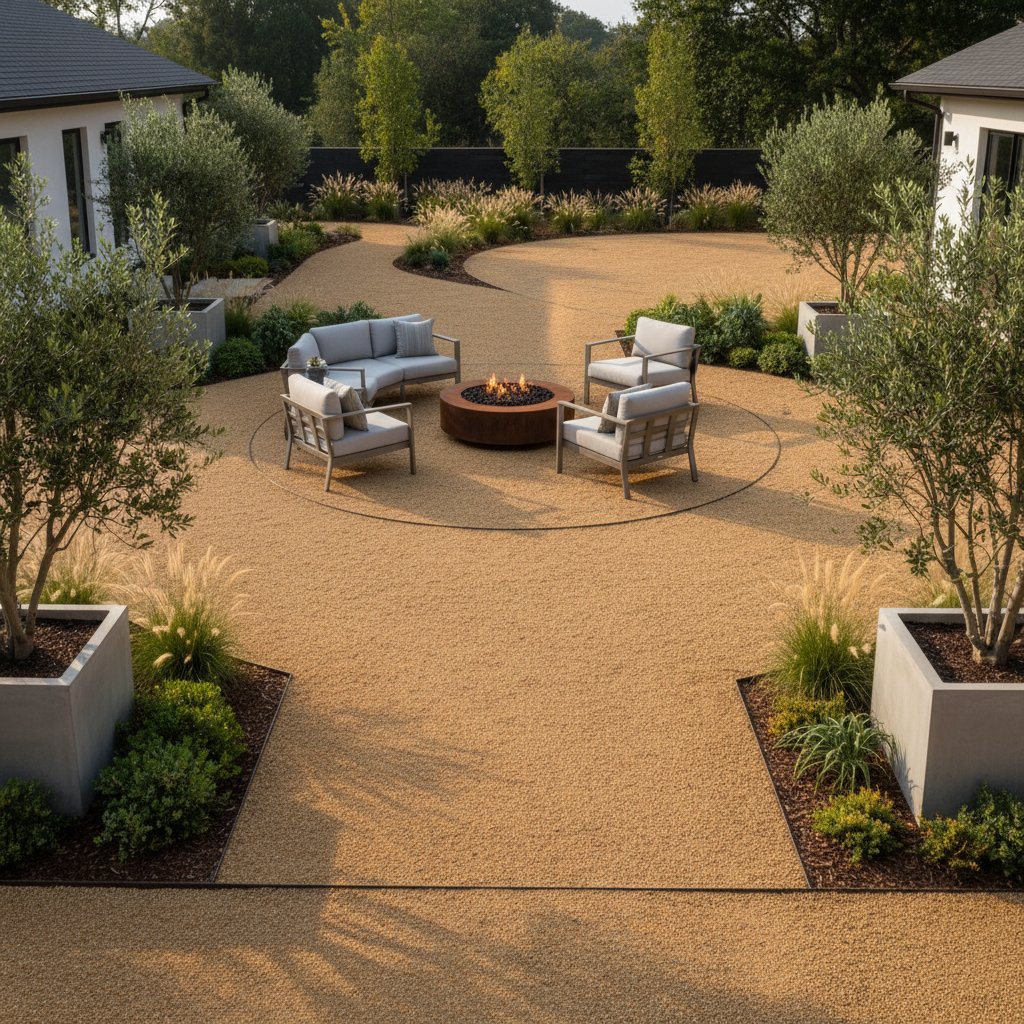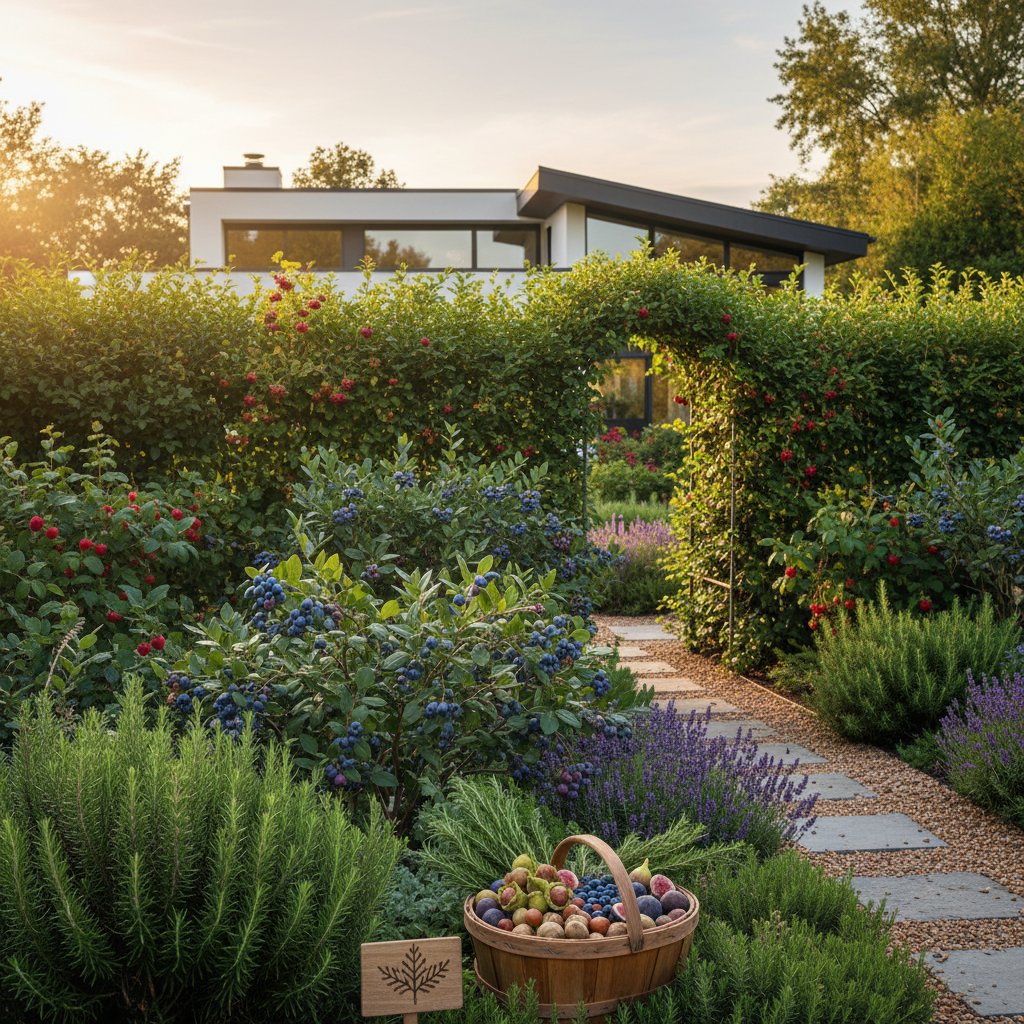Gravel Gardens: Low-Maintenance Mediterranean Design
A gravel garden evokes a sense of enduring tranquility, where stone, sunlight, and gentle breezes create a harmonious scene. Homeowners increasingly choose this style for its aesthetic appeal and functional benefits. A Mediterranean-inspired gravel garden combines the sophistication of traditional European designs with the demands of contemporary, water-conscious living.
This approach fosters a landscape that integrates seamlessly with its environment. The result is an outdoor space rich in texture, aroma, and subtle dynamism, requiring minimal intervention to maintain its allure.
The Essence of Mediterranean Garden Design
Mediterranean gravel gardens emphasize equilibrium between form and fluidity. They substitute expansive lawns and water-intensive borders with robust vegetation, aggregate stone, and abundant natural light. The objective is to capture the vitality of sun-drenched regions while adapting to regional specifics.
Contrast defines these gardens. Sturdy stone elements and gravel surfaces juxtapose with silvery foliage and fragrant herbs. Terracotta containers along pathways might hold lavender, rosemary, or sage specimens. Restraint guides the composition, where each component contributes to thermal retention, moisture conservation, or visual emphasis.
The Advantages of Gravel as a Base Material
Gravel serves as an unassuming yet essential element in landscape architecture. It permits rainwater to percolate into the subsoil, minimizing surface runoff and soil degradation. Additionally, it moderates ground temperature, shielding roots from excessive heat and curbing moisture loss.
Gravel eliminates the need for regular mowing, elaborate irrigation, or intensive upkeep after initial establishment. Varied gravel types alter the garden's ambiance. Light-colored limestone aggregates impart a luminous, seaside quality. Warm pea gravel yields a grounded, organic appearance. Crushed granite provides a contemporary edge. Select based on the desired mood, favoring subdued tones to highlight vegetation and illumination.
Key Practical Advantages
- Water Conservation: Established gravel gardens demand infrequent irrigation.
- Reduced Upkeep: Weed growth remains limited, and no turf maintenance is required.
- Resilience: Gravel withstands intense precipitation and pedestrian use without becoming sodden.
- Dynamic Aesthetics: Its surface interacts with light and shadow throughout the day.
- Versatility: It accommodates structured or casual layouts through strategic arrangement and botanical selection.
These attributes position gravel as a prime option for sustainable, refined exteriors suited to demanding schedules and diverse weather patterns.
Selecting Appropriate Plants
Gravel gardens achieve fullness through resilient species that flourish in well-drained, sun-exposed settings. Prioritize plants tolerant of aridity and thermal stress, those that radiate under direct rays and emit scents in heated conditions.
Traditional Mediterranean Selections
- Lavender: Features gray-green foliage and violet inflorescences for scent and vibrancy.
- Rosemary: Serves decorative and culinary purposes, adapting readily to coarse substrates.
- Sage: Contributes varied leaf structures and neutral hues that harmonize with aggregates.
- Thyme: Forms low mats along routes, releasing aromas upon contact.
- Santolina: Presents as a tidy bush with golden flowers and scented leaves.
- Olive (Olea): Delivers architectural presence and enduring stature as a diminutive tree.
In temperate zones with severe winters, substitute with durable alternatives like artemisia or decorative grasses. The principle involves adopting resilience and minimalism rather than literal replication.
Organizing Plant Placement
Layered arrangements optimize gravel garden compositions. Position taller shrubs or specimens to outline perimeters or stabilize focal areas. Intermediate perennials occupy central zones, with creeping herbs and covers easing boundaries. Employ repetition for visual cohesion and rhythmic progression.
Evaluate solar progression in your site. Assign sun-loving varieties to maximum exposure, allocating semi-shaded niches to more tolerant options. Post-planting, apply a 2- to 3-inch gravel mulch over the substrate. This layer enhances appearance, preserves hydration, and inhibits unwanted growth.
Shaping the Layout for Harmony
Intentionality ensures a gravel garden's success. Though plantings may appear organic, underlying organization enhances appeal. Pathways and rest zones direct circulation and provide respite. Containment borders of stone, metal, or masonry secure the gravel and delineate zones.
Developing the Framework
Commence with a preliminary site diagram, accounting for solar angles, potential drainage issues, and preferred circulation or seating locations. Winding routes promote informality, whereas linear paths convey precision. Utilize gravel to link garden segments or encircle highlights like water features, seats, or ornaments.
Conceive the space as interconnected vignettes. A narrow trail might culminate in a secluded spot with solitary seating. Grouped containers could signal shifts between areas. Such elements infuse intimacy and individuality.
Integrating Color and Texture
Mediterranean designs employ a limited spectrum. Silvers, verdants, and earth tones prevail, accented by floral blues or purples. Neutral gravel maintains emphasis on botany and light. Introduce diversity through tactile contrasts: juxtapose thyme's delicacy with agave's robustness, or grasses' fluidity against stone's rigidity.
Sensory engagement extends beyond sight. The gravel's audible shift underfoot, bark's coarseness, and herb's pliancy upon touch animate the environment.
Maintenance Strategies for Longevity
Established gravel gardens require sparse attention. Initial post-planting phases demand the most effort, allowing root systems to anchor. Irrigate deeply yet sparingly to promote deep penetration for sustenance. Subsequently, supplement only during extended droughts.
Weed control stays light; remove seedlings promptly to prevent establishment. Replenish gravel every few years in worn areas. Trim botanicals post-bloom to sustain shape and vitality.
Guidance by Season
- Spring: Inspect for cold-weather harm and excise necrotic portions.
- Summer: Provide profound hydration if drought persists, permitting intermission for drying.
- Autumn: Shear faded perennials and clear aggregates.
- Winter: Retain seed remnants for form and faunal support.
Gradually, the garden attunes to seasonal cycles, upholding its pledge of simplicity.
Enhancing Usability and Character
Gravel gardens can exude hospitality without ostentation. A bench shaded by olive foliage, a modest fire feature, or assembled terracotta vessels introduce coziness.
Illumination contributes significantly. Discreet solar fixtures amid plantings yield evening luminescence. Overhead strands over lounging spots add subtle festivity while preserving serenity.
Incorporate auditory elements. A compact fountain or avian basin fosters motion and biodiversity. Grasses' susurration in wind layers tranquility. These accents render the garden experiential and inhabited.
Adapting to Individual Needs
Scale gravel gardens to any plot dimension. In compact patios, they form tranquil havens. Across expansive grounds, they unify hardscapes and verdure. Flexibility appeals to those seeking utility alongside elegance.
Formal preferences suit geometric beds and direct routes. Organic styles benefit from asymmetrical forms and merged clusters. The design mirrors the owner's ethos, from stark emphasis on luminosity and tactility to augmented features like furnishings and accents.
For tentative transitions from turf, initiate modestly. Transform a single edge or alcove into gravel terrain. Observe performance across cycles to gauge compatibility with local conditions.
Evolving Your Gravel Garden
Superior gravel gardens transform organically as flora develop and uses refine. Introduce novel elements or refine routes incrementally to preserve equilibrium.
This landscape encourages contemplation, illustrating that elegance arises from moderation and vitality from restraint. Drought-adapted gravel and plants establish a steady, accommodating cadence.
Steps to Begin Implementation
- Assess your site's sunlight, drainage, and dimensions.
- Select gravel type and plants suited to your climate.
- Sketch a layout incorporating paths and focal points.
- Prepare soil, plant in layers, and apply mulch.
- Monitor establishment and adjust seasonally for sustained health.



